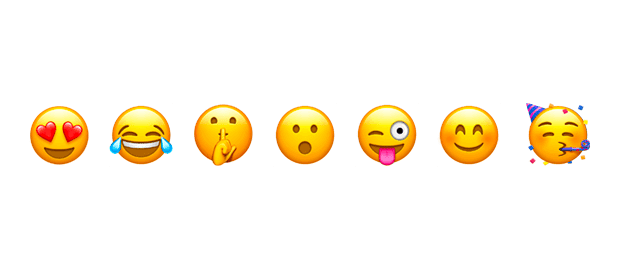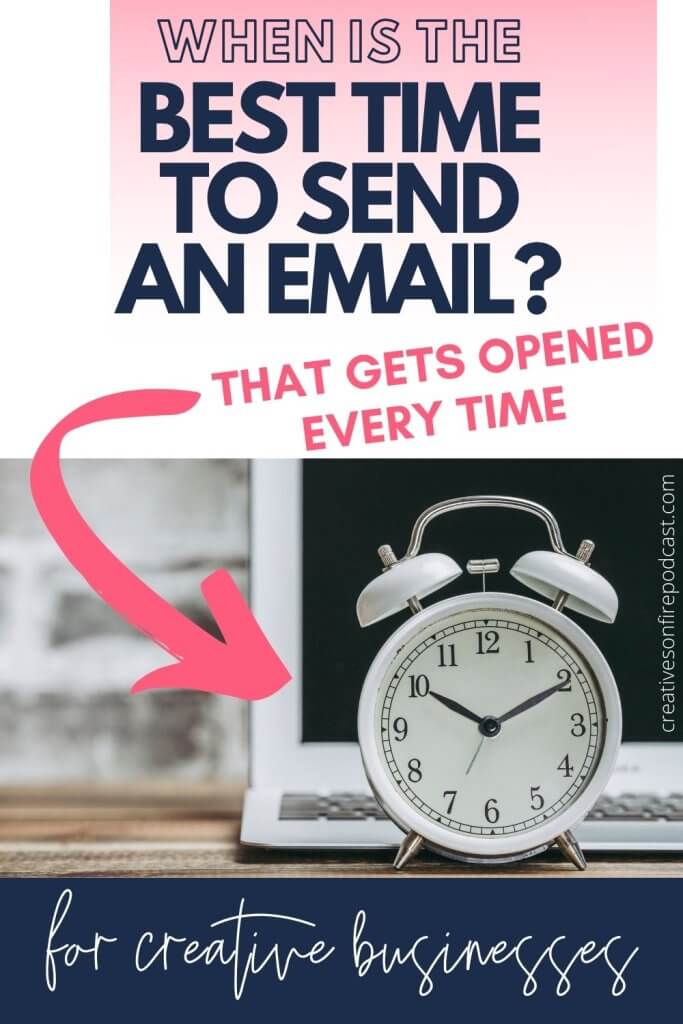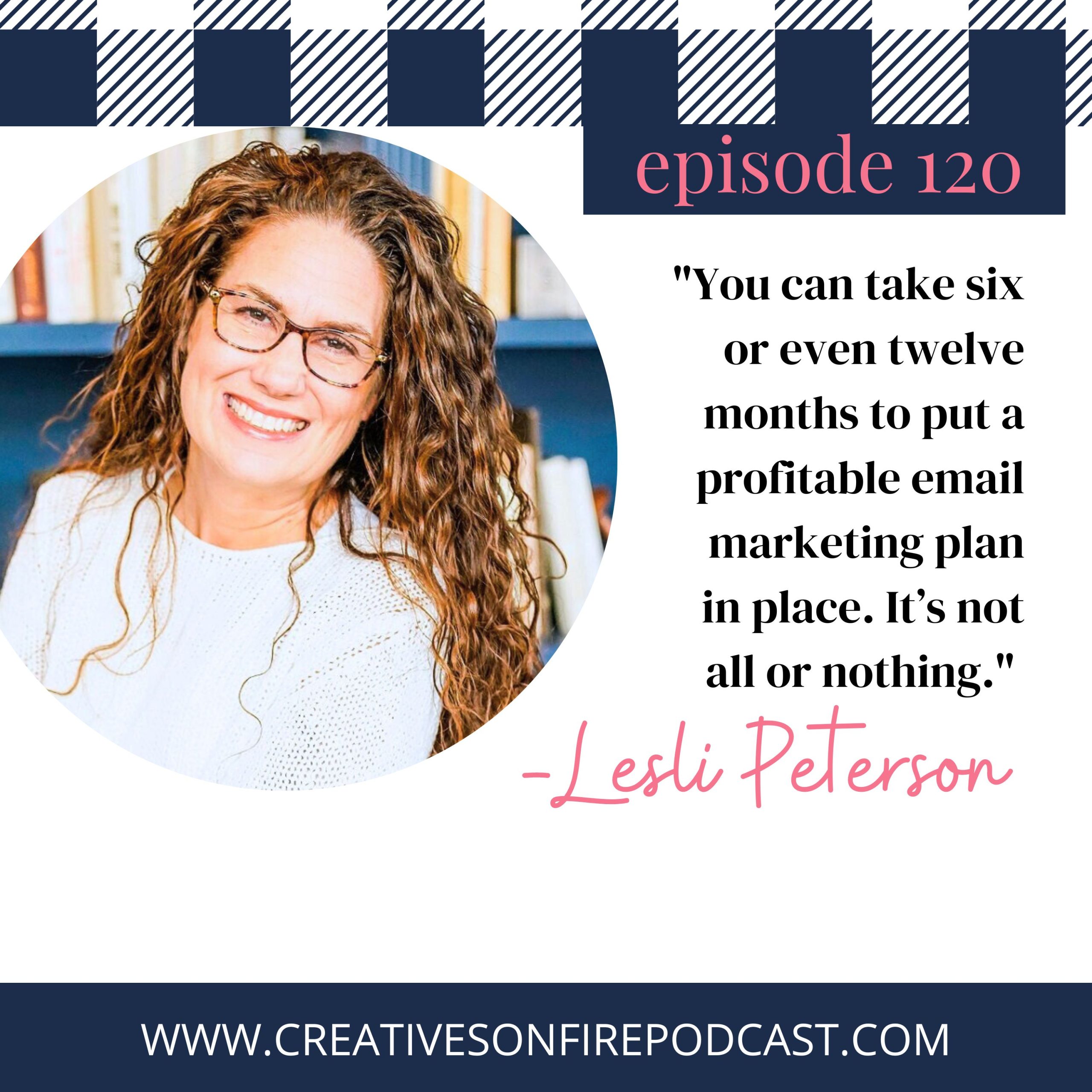Best Email Subject Lines (with Examples)
Most email users have dozens, if not hundreds, of unread messages in their inboxes at any given time. So, how do you make sure that your email stands out and gets opened? The answer lies in having the best email subject line.
An effective email subject line is key to getting your message noticed and read.
This blog post contains affiliate links. The opinions are wholly my own from my own experience. I may earn a small commission from clicks through to the websites that end in a purchase.
Several of the best email marketing services provide email subject line ideas and examples for you to use in your business. You may want to check out what these email marketing platforms offer in the way of free ideas, too!
What makes the best email subject line?
Here are some different types of email subject lines that will help increase your open rates:
1. Asking a Question
Asking a question in your email subject line is a great way to pique curiosity and get recipients to open your email. Questions also tend to be more effective than statements in email subject lines.
What do you think the reason for that is? I have a hunch that it makes your reader feel the need to find out the answer, close the gap, or simply settle their own curiosity.
Examples of asking a question:
- “What if you could…?”
- “Wanna get started with…?”
- “How did you know?”
- “Did you forget something?”
- “Is your…. as good as it could be?”
- “Why would you not want to ….?”
2. Numbers and lists
People love lists! I don’t know why, but using numbers and lists in email subject lines can help make your email stand out amongst the sea of other messages in someone’s inbox. Not to mention, it’s also an easy way to convey a lot of information quickly.
Numbers and lists give your reader a sense of what to expect from the email. People like to know what to expect from the time they plan to spend reading your content and these two options do the trick.
Examples of numbers and lists:
- “## Ways to Solve Your Problem”
- “Top ## List of …”
- “## …. Ideas You’ve Never Heard of”
- “Best Solutions for …”
- “## Amazing Hacks for …”
3. Urgency
Urgent email subject lines are great for getting people to take action. By creating a sense of urgency, you can encourage recipients to open and act on your email right away.
This can be a form of scarcity in which case something is going to expire or run out if they don’t act swiftly. It may be a giveaway or an offer of something that appeals to them specifically.
Examples of urgency:
- “Uh-oh, did you miss this?”
- “[URGENT] You’ve only got ONE MORE DAY to …”
- “[TODAY ONLY] Get this NOW before it’s gone…”
- “Don’t Miss Out on this”
- “Only a few more hours left…”
4. Personalization
Personalized email subject lines are more likely to be opened than generic ones. After all, who doesn’t love feeling like the email they’re reading was written just for them?
Using a personalized email subject line doesn’t always have to mean the reader’s name. Personalization can include your own flair according to something in your niche. It can also simply be adding the word “you”.
Examples of personalization:
- “Are you coming?”
- “Are you free this week to …”
- “For your eyes only”
- “I thought of you when I saw, found, read this”
- “You can do this, too”
5. Emojis
Emojis in email subject lines can help add personality to your message and make it more eye-catching. They’re also a great way to convey tone and emotion. Just be careful not to overdo it!

I have had success with using emojis in my email subject lines and sparingly throughout my email messages, too.
Bonus Email Subject Line Ideas
Create Curiosity. Say something like; “Thank you for…”, “Did I miss your birthday?”, “Did you do this?”, “I didn’t see your name”, “Have you decided against this?”, “You’re the best”.
These subject lines create curiosity and cause the reader to wonder, “what on earth are they talking about?” In response, most will go ahead and open the email to find out the answer they are asking themselves.
Best Practices for writing the Best Email Subject Lines
1. Keep it short and sweet- email users are more likely to open emails with brief subject lines. Around 41 characters is optimal for email subject lines that consistently get emails opened.
2. Avoid certain keywords that trigger the spam filters that guard the inbox; such as, “Hidden, Risk-Free, Free Sample, Coupon, Guarantee”. Hubspot put together an extensive list of these words you may find helpful.
3. Be creative! Think outside the box to create subject lines that will stand out in someone’s inbox. This is the best practice of all for writing effective email subject lines that work! You are your best weapon against the email algorithm.
4. Be consistent. When you are consistent in your email-sending schedule (GRAB YOUR FREE SCHEDULE HERE) the email algorithm recognizes you as the sender. Your readers also recognize you as the sender and even look forward to receiving and opening your emails.
Find out the best times to send emails so that they get opened every time.
Take a few minutes one morning or afternoon to invest in your business. Sit down somewhere quiet and make a list of 25 of your favorite email subject line ideas. HERE are a few more email subject line ideas BELOW to get you started.
Congratulations! Once you use these 25, circle back again and repeat them. This is all you need to create an email for every week of the year to send to your email list. BOOM!
How to Write the Best Email Subject Line Every Single Time
The email subject line is the first thing recipients see when they open your email, so it’s important to make it count. Write email subject lines that are clear, concise, and to the point.
Avoid using gimmicks or excessive punctuation, and focus on conveying your message in a way that is both professional and courteous.
By following these tips, you can write some of the best email subject lines that will help increase your open rates and ensure your messages are noticed, opened, and read.

Be Sure to PIN this for Later!
Whenever you’re ready:
#1 Grab Your Copy of Creatives on Fire™: 71 Secrets to Making Money Online
Each chapter in this book is crafted to guide you through different stages of building and growing an online business, from the foundational steps of getting started to more advanced strategies for scaling and monetizing.
#2 Join us over in Facebook FUEL:
Grab Facebook ENGAGEMENT posts ready to add to your page, then sit back and watch those comments roll in! Monthly mini-trainings to navigate Facebook’s latest opportunities to grow our businesses. Have fun leveling up your business as you stay inspired with fresh ideas to turn audience engagement into more website traffic, email subscribers, and product sales.
#3 Book a Call:
Grab a spot on the calendar for us to take a deep dive into your creative business to find the missed opportunities, the areas for potential growth as well as put together a real strategy for you to work smarter not harder. Pick my brain and find out how I do things that are working for my business. Ask me anything.





